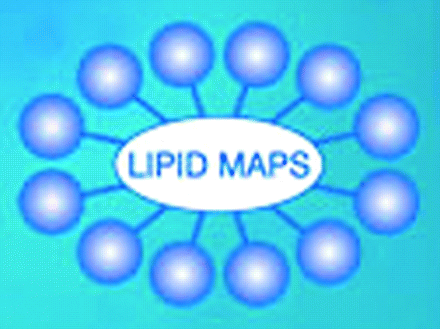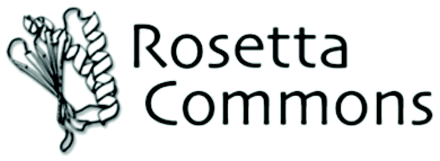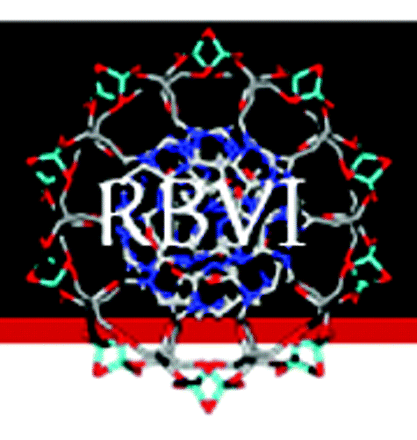Sites of interest on the World Wide Web
Lipidomics Gateway
In this issue of Molecular Interventions (MI), Flores and Vasko review the deorphanization of the pain receptor known as the transient receptor potential vanilloid receptor 1 (TRPV1). Compounds such as eicosanoids and the recently emerged octadecadienoids act through TRPV1 as lipid transmitters. While I was browsing the Web, investigating lipid transmission, one Web site proved very helpful and will likely prove valuable for those interested in lipid modulators. The Lipidomics Gateway (lipidmaps.org) provides an impressive array of both practical and experimental information, publication highlights, pathway databases (and drawing tools!), as well as advanced prediction and analysis tools for mass spectrometry (MS) of lipid-containing species. The Web site also hosts the LIPID MAPS MS tool, which is a stand-alone, downloadable program that can predict molecular species for MS ions, suggesting the most likely moiety based on typical head-groups and chains found on glycerolipids, sphingolipids, and others. The gateway serves as a convenient starting point for educational resources, journal article highlights, and valuable tools for the lab.

Distributed Computing, Valuable Tools, and Some Fun!
Continuing in the vein of identifying ligands or substrates, Guengerich and colleagues, in the current issue of MI, discuss deorphanizing the cytochromes P450 enzyme superfamily. Although their article explores functional deorphanization, much can also be learned about proteins by examining their structure. The process of determining protein structure is aided by a blend of knowledge, creativity, and perseverance. Recent advances in the accurate prediction of some protein structures, however, have been made through the use of massive computing power. The collaborative environment, hosted by the University of Washington and the laboratory of David Baker, provides several tools for calculating protein structure, ligand docking, NMR analysis, and many other tools. One such program, Rosetta, hosted at Rosetta Commons (rosetta-commons.org), is free for academics to download. Perhaps even more interesting is a distributed-computing intiative, called Rosetta@home (http://boinc.bakerlab.org/rosetta/) that uses “down time” on users’ personal computers to serve as a massive network for computing protein structures. The impressive number of users (over 289,000) working on an even larger number of jobs (>417,000 in progress and over five million queued!) shows that such a massive undertaking can be successful. Visit their Web pages to join the team, learn of their recent successes and publications, and download the cool FoldIt program a protein folding game, complete with online score-keeping.

UCSF Chimera
A great molecular visualization and analysis tool can be found at the Resource for Biocomputing, Visualization and Informatics Home Page at UCSF (www.cgl.ucsf.edu). The resource center is one of the NIH National Centers for Research Resources, and their visualization tool, Chimera, can be downloaded for free by academics and other non-profit users. The Chimera program (http://www.cgl.ucsf.edu/chimera/) is a multifunctional program, allowing protein visualization and analysis with a variety of features, including density maps, supramolecular assemblies, sequence alignments, docking results, trajectories, and conformational ensembles. The program is GUI-based and is available for download for platforms including Windows, Mac OS X (Aqua and X Windows flavors), and Linux. Perhaps most important is the extensive documentation available, including user’s guides, tutorials, and quick-command references. The powerful program generates stunning molecular graphics for visualization and publication and has a gentle learning curve.

Toxicological Database
Spurred by this month’s Beyond the Bench feature on the “Water Wars,” I have found that the Toxnet Web site (toxnet.nlm.nih.gov/), hosted by the National Library of Medicine, covers environmental health in a broader manner, with an impressive amount of information in searchable, and referenced, database format. Toxnet holds a useful network of databases on toxicology, chemicals, and environmental health. The Hazardous Substances database provides chemical information and contains referenced clinical cases of exposure to various environmental and medical agents. Also included is the Developmental and Reproductive toxicant database, a Genetic Toxicology Database as well as interactive Toxmaps, (environmental health e-Maps). An additional database, LactMed (medications passed from mother to child) can be accessed and is fully annotated and referenced. Toxnet is a great starting point for when you might need quick access to well-referenced toxicological information!

- Copyright © 2010



